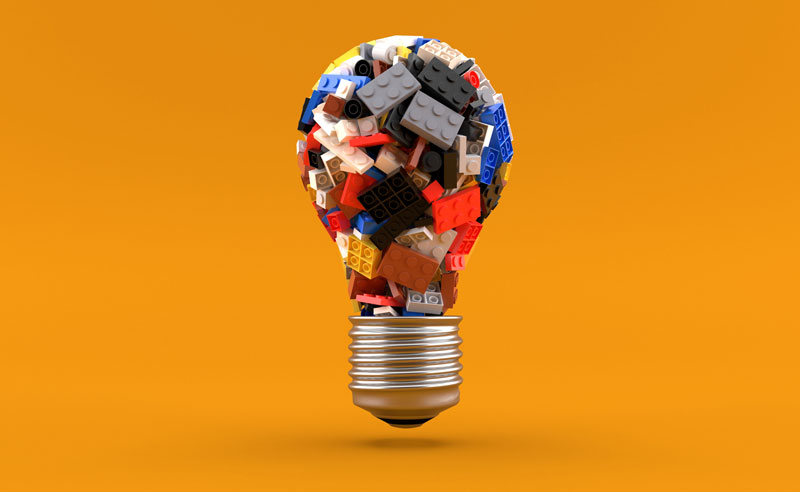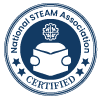
Introduction: Welcome to the STEM Toy Idea Generator! This tool is designed to spark your creativity and help you brainstorm innovative STEM toy concepts. Follow the steps below to develop your next exciting STEM toy idea.
Step 1: Choose a STEM Focus Start by selecting one or more STEM areas to focus on (Science, Technology, Engineering, Mathematics). This will provide a thematic direction for your toy. You can also select a combination for a well-rounded educational experience.
Step 2: Identify Age Group Consider the target age group for your toy. Are you creating for preschoolers, elementary school kids, or teenagers? Tailoring the complexity and content to the appropriate age is crucial.
Step 3: Real-World Problem Think about real-world problems or challenges related to your chosen STEM area. What issues or questions can your toy help address or explore? Brainstorm a list of problems and pick one that resonates with you.
Step 4: Creative Engagement How can your toy creatively engage children with the chosen problem? Think of interactive, hands-on activities that make learning enjoyable. Consider elements like puzzles, experiments, building, or interactive storytelling.
Step 5: Learning Objectives Define the specific STEM learning objectives you want to achieve with your toy. For example, are you aiming to teach basic physics concepts, coding skills, or environmental science? Ensure your objectives align with your chosen STEM area.
Step 6: Inspiration Search for inspiration from various sources such as science journals, educational websites, or brainstorming sessions with educators. Learn about existing STEM toys for reference.
Step 7: Prototype and Feedback Create a basic prototype or concept sketch of your toy idea. Share it with educators, parents, and children for feedback. Their insights can help refine your concept.
Step 8: Iterate and Develop Based on the feedback received, iterate and refine your toy concept. Consider the practicality of manufacturing and safety standards in this phase.
Conclusion: The STEM Toy Idea Generator is a starting point for your creative journey in developing the next innovative STEM toy. By following these steps, you can conceptualize a toy that not only entertains but also educates and inspires the next generation of scientists, engineers, and problem solvers. Happy inventing!
